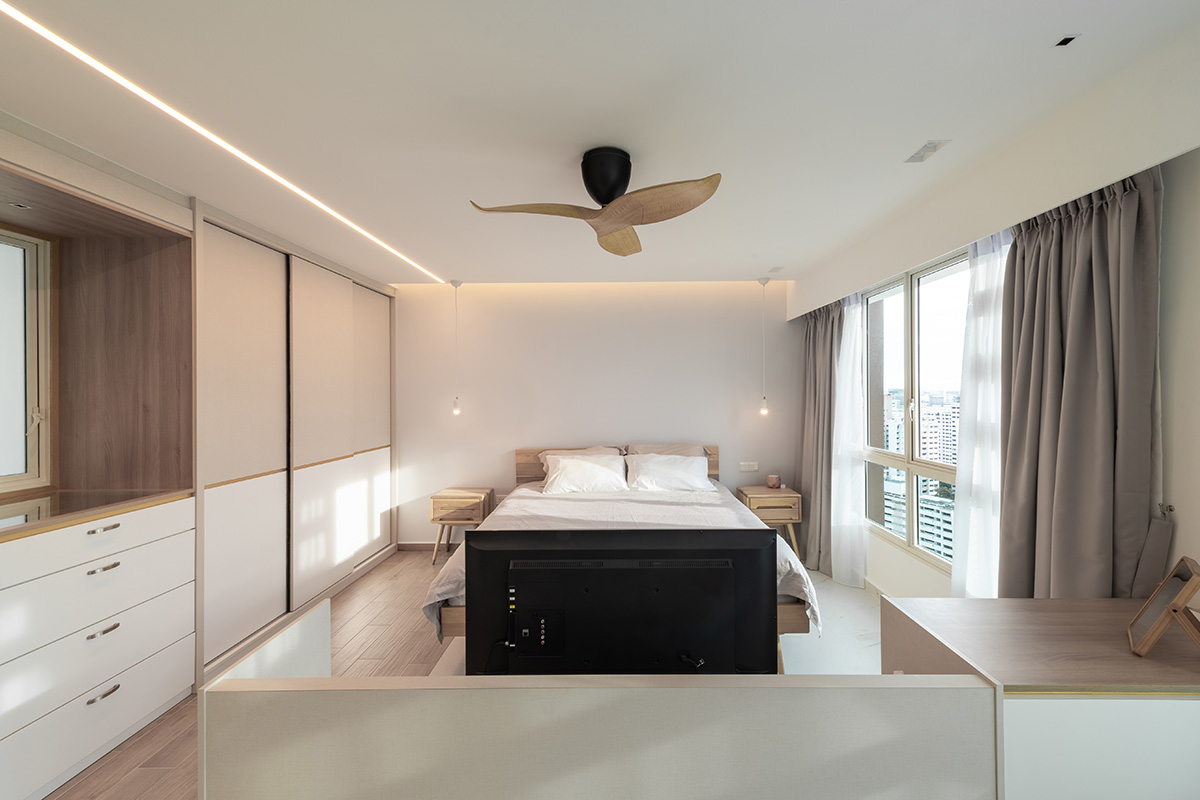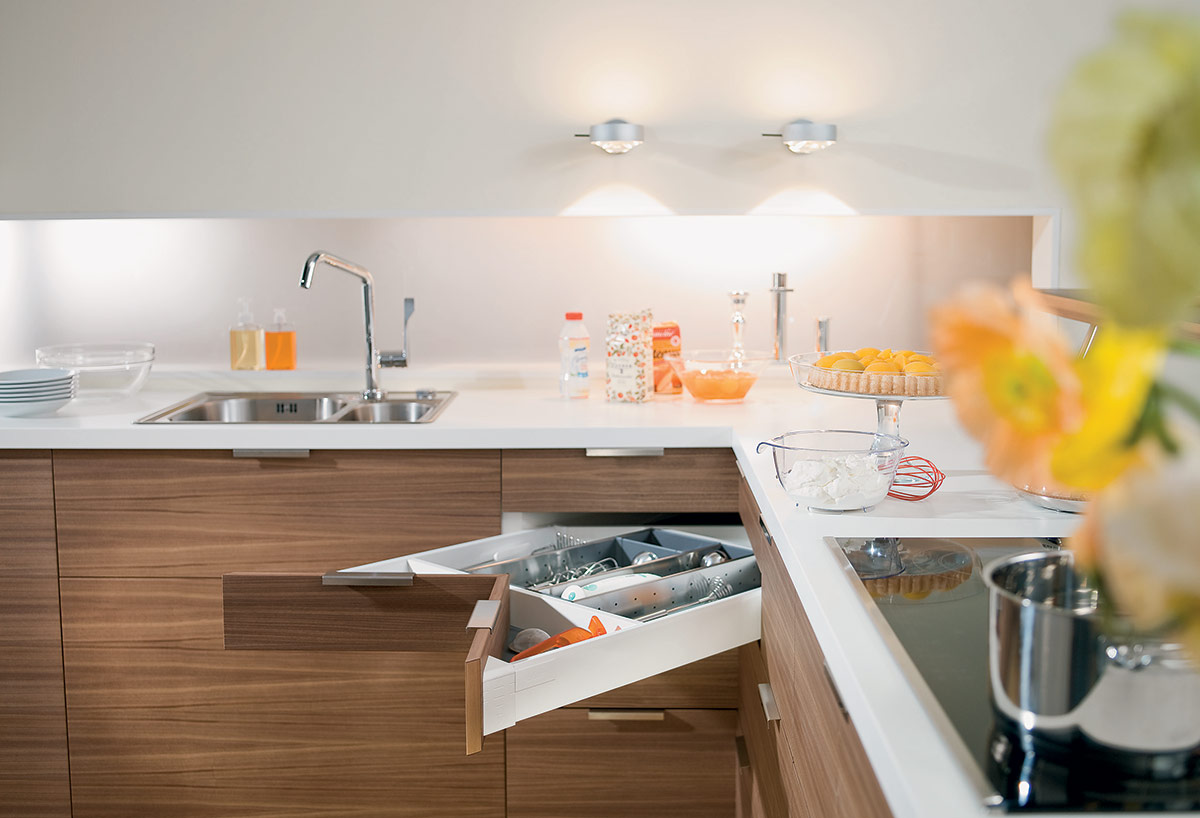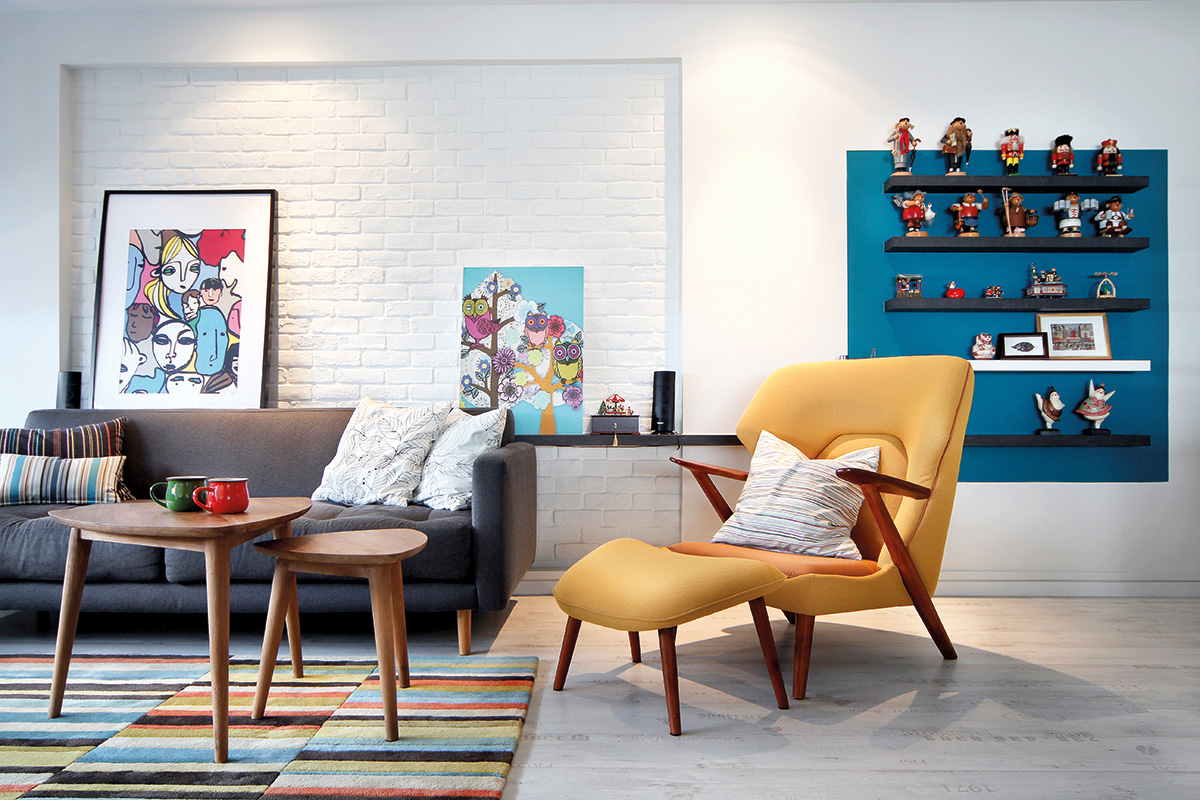Renovating your home doesn’t have to drain your bank account. With careful planning and the right priorities, you can give your humble abode a fresh look—even on a tight budget. Here’s how.
Prioritise repairs
We can’t emphasise this enough: patching walls, fixing leaks, cleaning up mould and getting your old appliances repaired should always be your first step when renovating, especially if you’re working with a low budget. These steps in and of themselves will make your home feel a lot fresher and more pleasant to be in. Plus, you don’t want to redecorate your space only to have rusty pipes poking out everywhere! Once you’ve allocated part of your budget to these repairs, you’ll know how much you have left for other updates, like paint jobs and new furnishings.

Change up the colours
Nothing to brighten up a dull, drab room like a fresh coat of paint! This doesn’t just apply to your walls, but to furnishings and fittings too. Have you considered painting cabinets and cupboards, for instance? How about tables or even doors? Paint is fairly cheap and easy to apply, so don’t underestimate its power to get the job done on a budget. Other colours you can replace in the house for a low cost are soft furnishings like couch covers, bedding and cushions.

Image courtesy of Cozyspace
Install new lighting
A new set of lamps can be very affordable and make a huge difference to the overall ambience. If you need some ideas to light up your space, check out the best lighting for a romantic bedroom and some of our top tips to achieve a great lighting plan. You can also use lights to create new focal points in the home, highlighting areas of interest and putting less emphasis on places you wish to hide.

Image courtesy of ROOOT Studio
Improve the storage situation
Many homeowners who wish to renovate are not just unhappy with the colour scheme and condition of their home but are also dissatisfied with the available storage space. Make the most of your vertical space by installing extra shelves and drawers in unused nooks and crannies, including forsaken places like the corner cabinets in your kitchen. Adding this extra storage will allow you to find a space for all of the things that may be cluttering your floor and countertops, opening up the area to make it feel more airy and organised without costing you an arm and a leg.

Image courtesy of Blum
Focus on the details
Once you’ve done the repairs, painted the walls and figured out your lighting and storage, you probably won’t have a whole lot of your budget left. We recommend investing the remainder in updating cosmetic details, like drawer and cabinet handles, faucets, backsplash tiles and anything else that catches your eye. Round off this final stage of the renovation with a few extras like rugs, artworks, picture frames and plants.

Image courtesy of Dan’s Workshop
Take it one room at a time
You may be thinking that no matter how much you save on each of these steps, there’s no way you can renovate your entire home in one go. The good news is—you don’t have to! If you’re working with a particularly tight budget, it’s a great idea to take on your renovation one room at a time.
Grace Wong from Brim Design has a precious piece of advice on the topic. “By slowly spilling your hard-earned cash into renovating one room at a time, you’ll enjoy decorating each of your spaces comprehensively while you save for your next project,” she shared with us. However, she also recommended getting major works like plumbing and installing a new AC unit done throughout the entire home at the beginning of your renovation. “Getting these essential remodelling jobs out of the way first will save you from shelling out costly touch-up expenses in the future.”

Image courtesy of Brim Design



